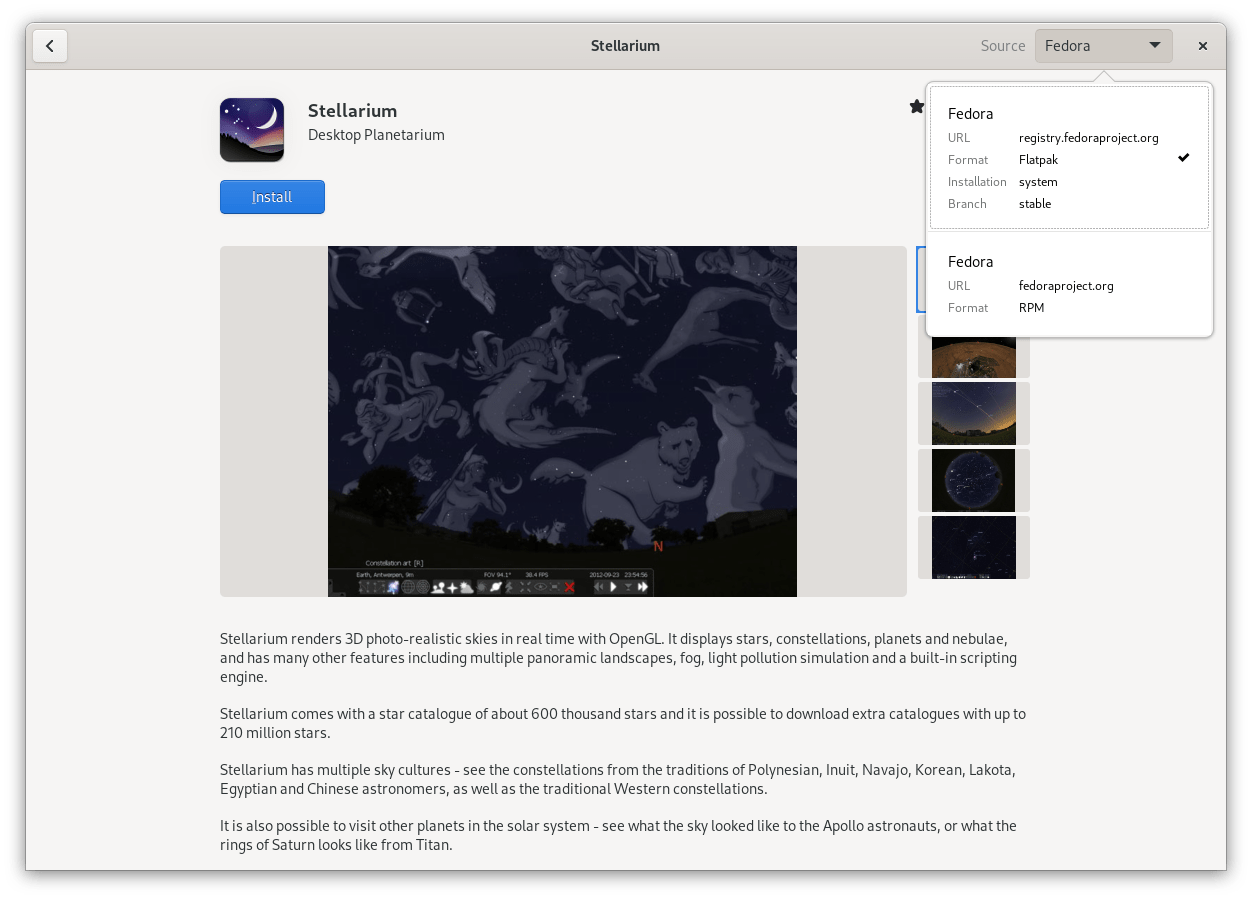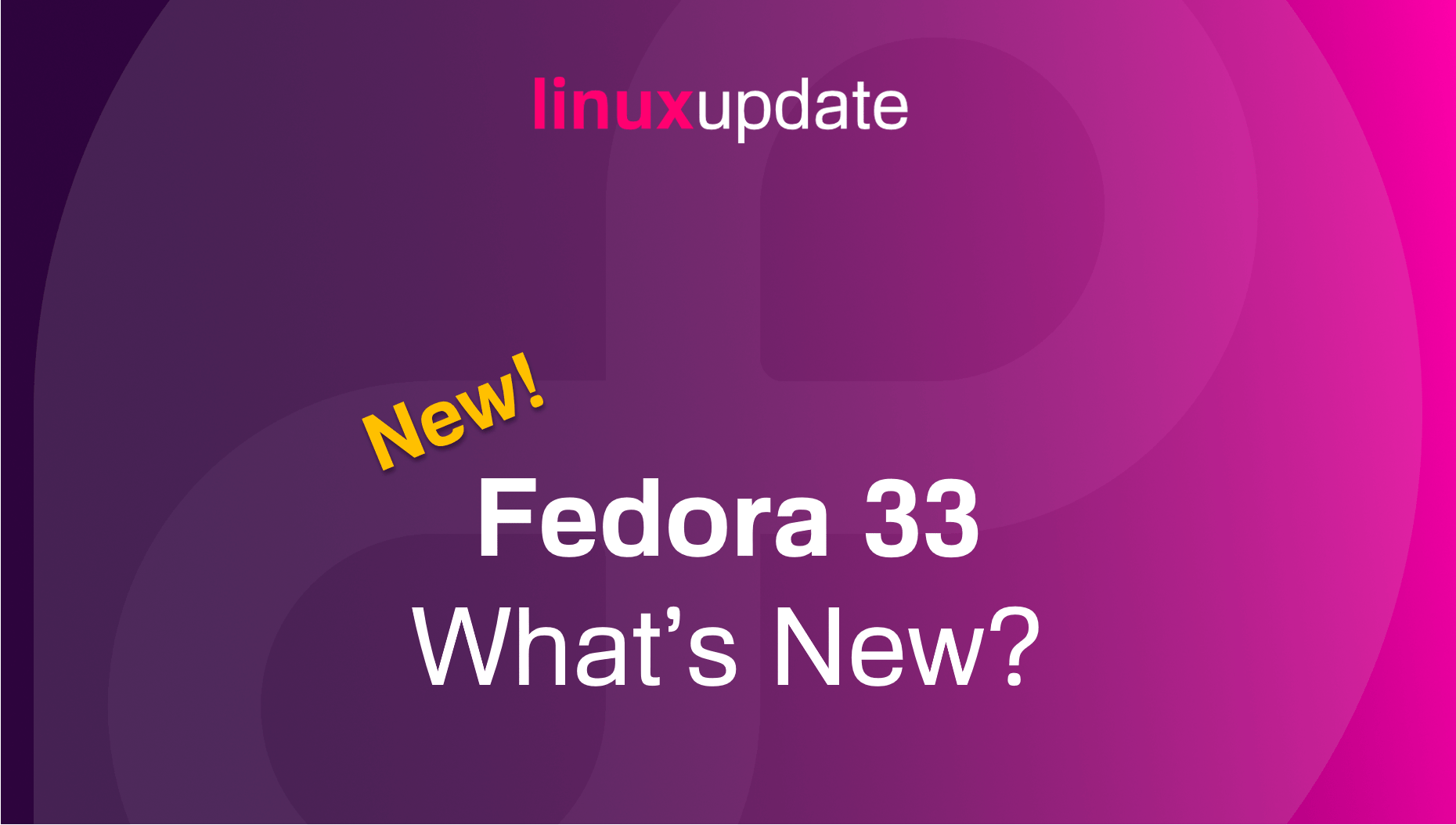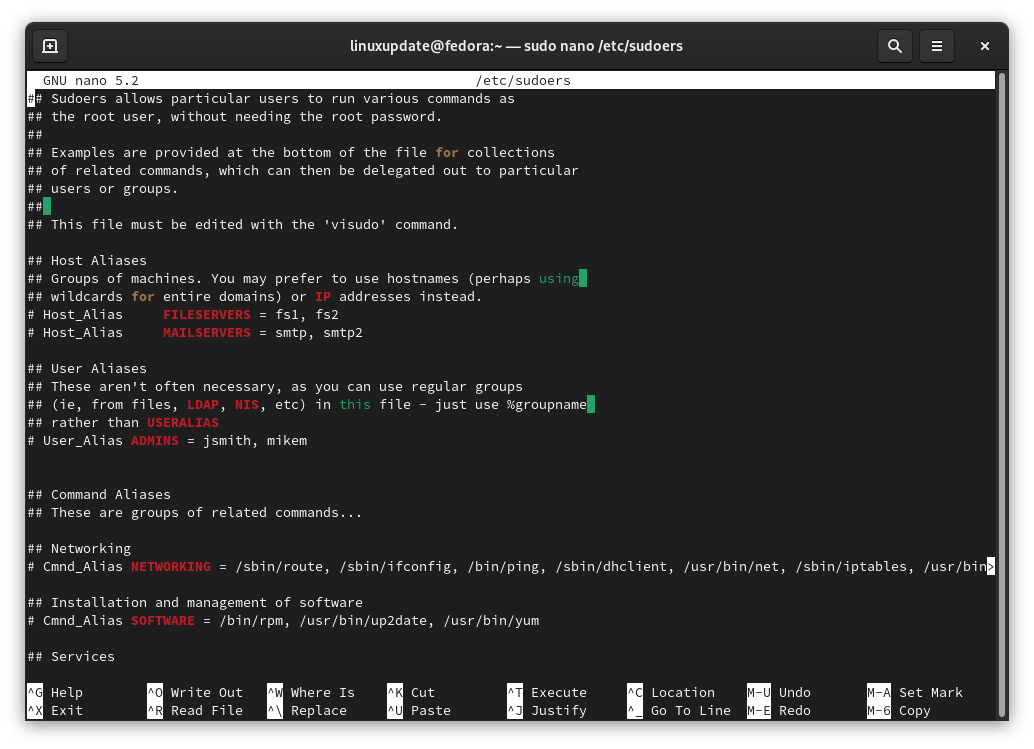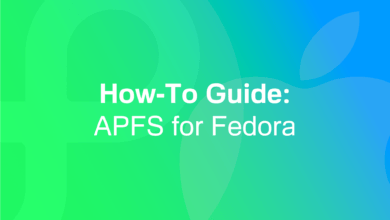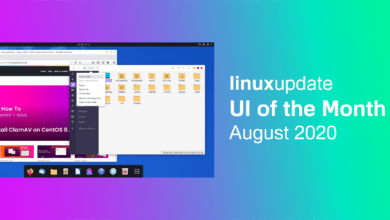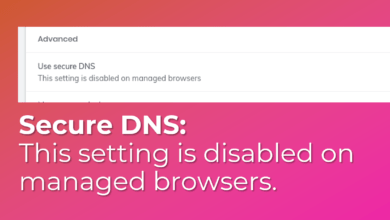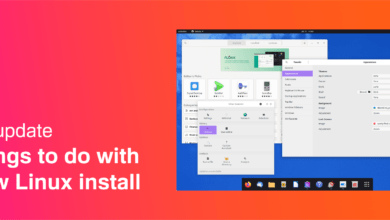Fedora 33 Out Today! What’s New?
Fedora 33 has left beta. Let's explore what's new.
As many are likely already aware, Fedora is RedHat’s free (in both senses) Linux distribution. It shuns proprietary software and code and instead only includes FOSS at every level from kernel to userland. Fedora 33 launched today, so let’s have a look and see what’s changed.
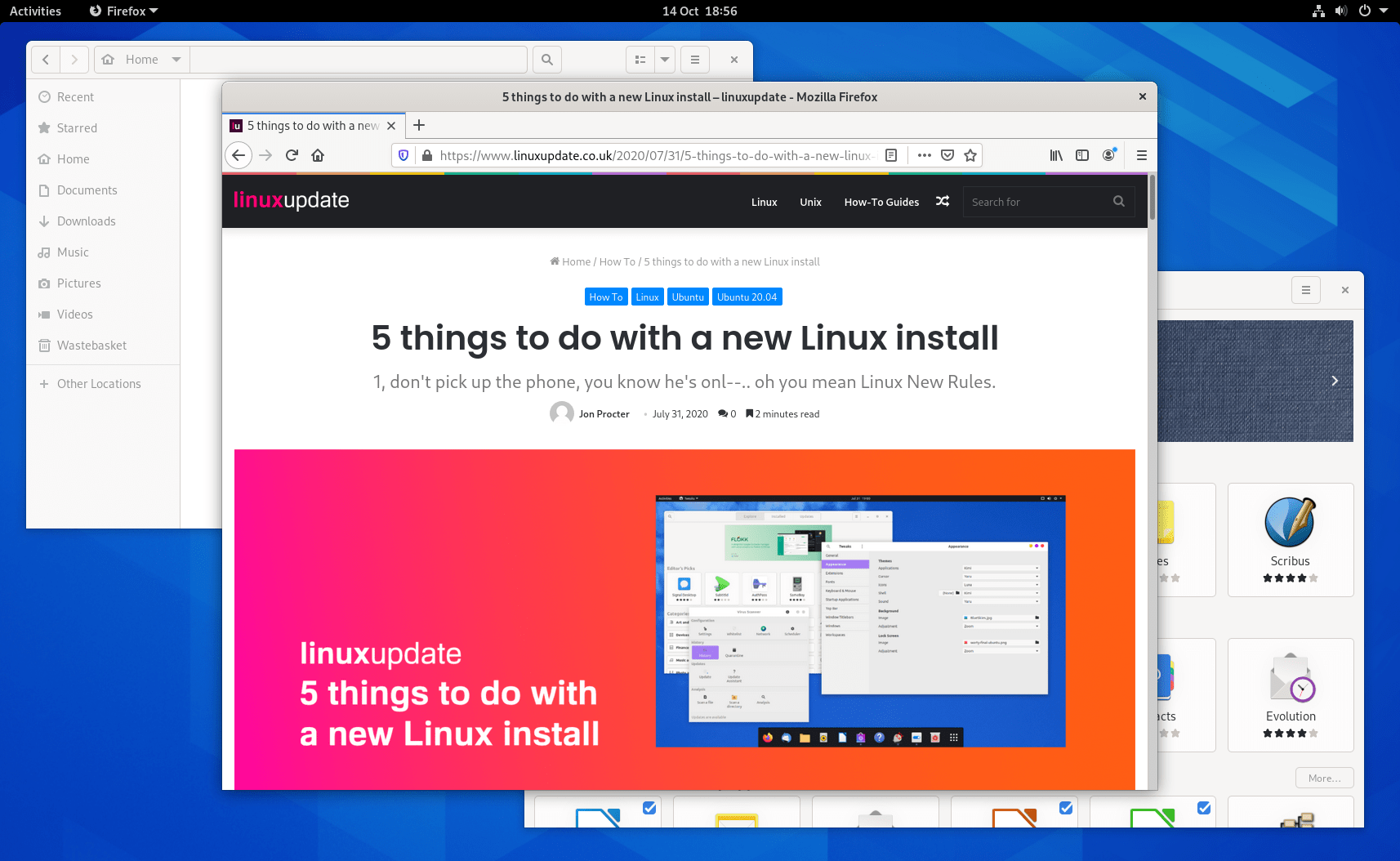
UI Updates:
GNOME:
Fedora 33 ships with GNOME 3.38, bringing you the latest GNOME features such as icon rearranging on the All Apps view, a new welcome tour, parental controls in Settings, better multi-monitor support for monitors with varying refresh rates, and re-designed Screenshot and Sound Recorder utilities. You can learn more about GNOME 3.38 from the GNOME website here.
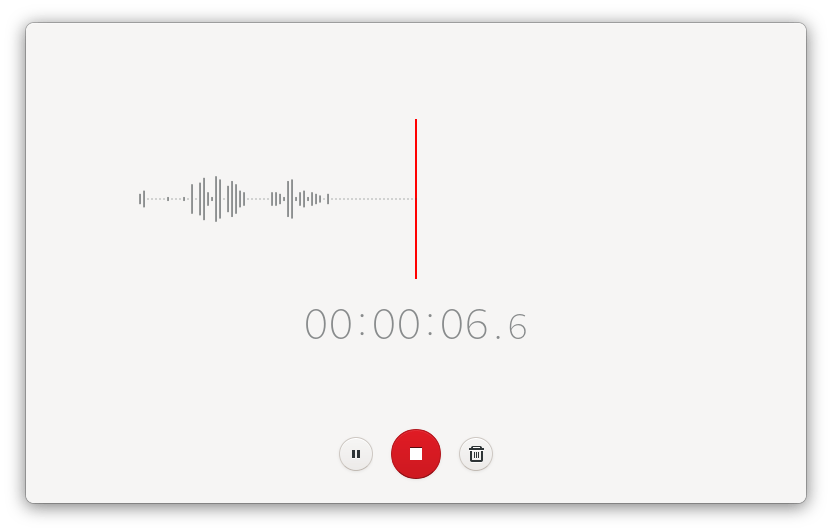
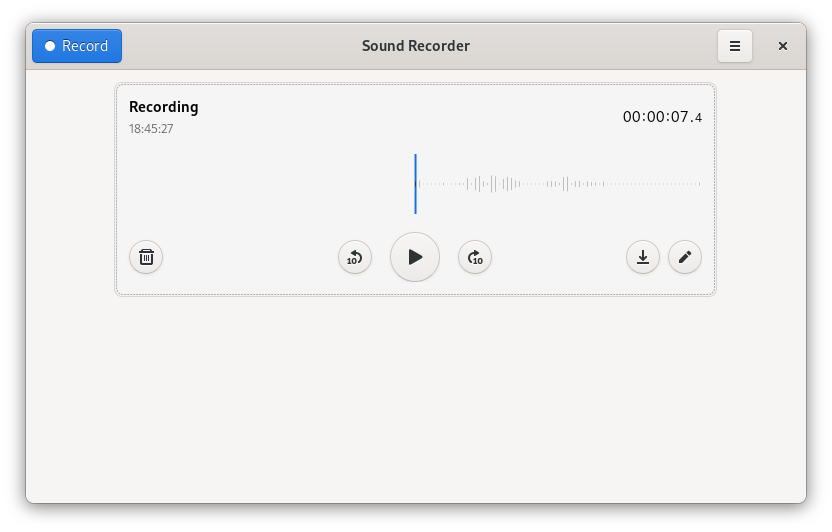
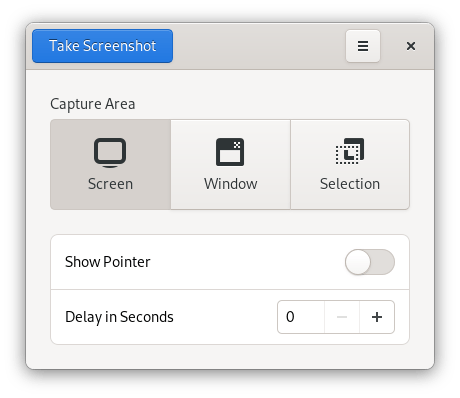
Wallpapers:
Fedora 33’s default wallpaper is now animated (time-of-day slideshow with hue changes) – animated wallpapers have been available since Fedora 7, but users had to explicitly change their wallpaper to an animated one.
Under-the-hood Changes:
nano:
nano is now the default editor for CLI users, replacing the more difficult to use VIM editor. Personally, nano is my preferred editor after FreeBSD’s EE (EasyEditor) so this is a welcome change to myself and many others.
Nano in Terminal on Fedora 33
BTRFS:
Fedora 33 changes the default filesystem on a fresh install from ext4 to BTRFS. Users can still opt to use ext4 (and indeed would continue to do so if they upgrade to Fedora 33 without a fresh install), but the default filesystem has now changed. BTRFS brings additional functionality over ext4 such as pooling (allowing users to spread their filesystem across multiple drives), snapshots, and checksums.
To quote Matthew Miller from the Fedora Project directly:
This is a big shift: we’ve been using ext filesystems since Fedora Core 1. BTRFS offers some really compelling features for users, including transparent compression and copy-on-write. Matthew Miller
Fedora 33 drops official support for mod_php. The project argues that many in the web hosting industry use more modern (and thread supporting) variants of PHP such as php-fpm.
Support for NTS:
Support for the NTS (Network Time Security)) authentication mechanism in the NTP client/server (chrony) and installer (anaconda), allowing users to securely synchronise the system clock to local or public NTP servers.
Changes to Python:
Support for python26 and python34 (versions 2.6 and 3.4 respectively) has been dropped – both have reached End of Life (EoL) and the project explains they were “kept around only to test software targeting EPEL6”.
What’s Missing?
Most of what Fedora 33 is missing is really down to software licencing. Since Fedora is a distro that only uses free software, things like Nvidia drivers and some packages are not available by default, but are still available.
Snap
Fedora 33 continues to be missing support for Canonical’s Snap (but it can be easily installed using the guide below).
It does, however, still have support for Flatpak (support for which was first added in Fedora 23). Snap would be a fantastic addition to Fedora though, but due to the Snap Store including non-free software it’s understandable why it’s not included by default.
